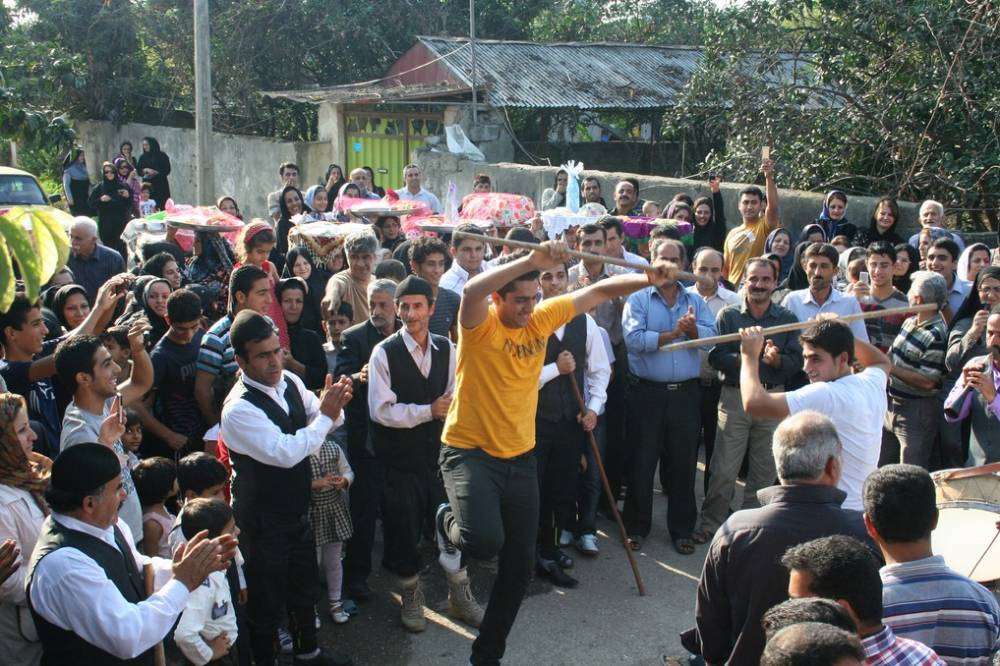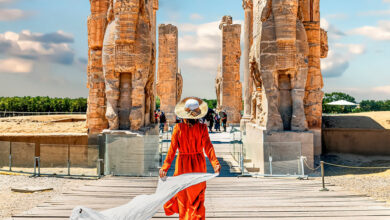Mehregan Festival Added to UNESCO’s Heritage List
Mehregan Festival: An Ancient Celebration Recognized Globally

Mehregan (also known as Mehrgan and Jashn-e Mehr), is a traditional Iranian festival that celebrates Mithra, the Zoroastrian deity symbolizing friendship, affection, and love. Recently, Mehregan has been officially recognized by UNESCO as part of the Representative List of the Intangible Cultural Heritage of Humanity, highlighting its importance not only to Iranian culture but also to the world.
This recognition marks a significant milestone for Iran’s rich cultural heritage, emphasizing the value of gratitude, community, and giving that the festival represents.
Mehregan is derived from the Middle Persian word “Mihrakān” and the Old Persian “Mithrakāna,” reflecting the god Mithra’s role as the overseer of covenants and cosmic order. The festival is celebrated on the 16th day of the 7th month of the Zoroastrian calendar, aligning with the autumn equinox — a time marked by balance and abundance.
Under both the Achaemenid and Sasanian Empires, Mehregan was one of the most significant celebrations, second only to Nowruz. During this era, the festival served as a major event for the collection of taxes and the acceptance of tributes from various provinces of the Persian Empire.
The historical importance of Mehregan was further underscored by its role in solidifying royal power, as kings were often crowned during either Mehregan or Nowruz.
Contents
Modern-Day Mehregān: Celebrations Across the World
Today, Mehregān continues to be observed in Iran and beyond, with communities around the world—particularly in the United States and Canada — joining in the festivities. The festival typically falls on October 1-2 or October 8, depending on the local calendar.

During the festival, families come together to prepare special dishes, exchange gifts, and celebrate through music and community gatherings.
These traditions are a symbol of abundance, gratitude, and communal unity, making Mehregan a vital aspect of the Iranian cultural landscape. The communal meals, festive clothing, and the joy of giving gifts demonstrate the inclusive nature of the celebration, embodying the core values of friendship and love.
Rituals Rooted in Myth and Community
Mehregan is not just a harvest festival; it is deeply connected to Iranian mythology. According to legend, Fereydun, a mythical hero, defeated the evil tyrant Zahhak on this day, restoring justice and balance to the world. This act of triumph against tyranny is central to the celebration of Mehregan, imbuing it with themes of renewal and victory that resonate throughout Iranian history.
Traditionally, Mehregan was celebrated with lavish feasts, the sharing of gifts, and the performance of music and dance.

People would present gifts to one another, while the royal court received substantial tributes, such as gold and silver coins. It was customary for those with means to assist the less fortunate, emphasizing the values of generosity and mutual support.
During the Sasanian era, the significance of Mehregan was such that the Persian kings would hold public audiences twice a year: once during Nowruz and again during Mehregan.
On these occasions, the kings donned fur robes, symbolizing the changing seasons, and distributed their summer clothes to those in need, further highlighting the festival’s emphasis on charity and renewal.
A Resilient Cultural Tradition
Although the popularity of Mehregan declined after the Mongol invasion of Iran, it has endured over centuries, particularly among Zoroastrian communities in Yazd and Kerman who have continued to celebrate it with grandeur.

In recent years, the festival has seen a resurgence, with celebrations held across Iran in provinces such as Tehran, Yazd, Kurdistan, and Isfahan. These events feature cultural performances, local crafts, and festive gatherings, giving people a chance to reconnect with their heritage and share the spirit of Mehregan.
The recent UNESCO recognition has reinvigorated interest in Mehregan, encouraging more Iranians and global audiences to appreciate its cultural significance. This international acknowledgment underscores the importance of preserving such traditions, which foster cultural identity and community spirit.
Where to Experience Mehregan
Travelers interested in experiencing this vibrant cultural event can visit regions like Tehran, Yazd, and Kerman, where Mehregan is celebrated with various traditional activities. From cultural performances to local cuisine, these locations provide an immersive glimpse into one of Iran’s most cherished festivals. For more information on how to visit Iran during Mehregan, check out OrientTrips.






